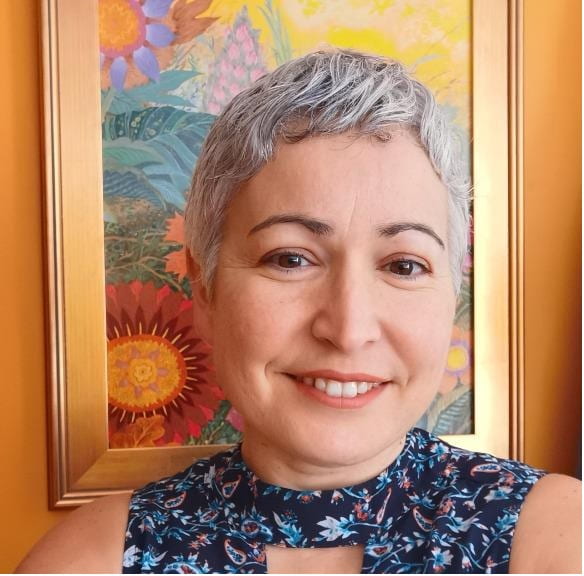The theme of the 2023 Symposium on Supplier Diversity in Higher Education was “Translating Words into Action.” After Northeastern Lab for Inclusive Entrepreneurship’s executive director Francesca Grippa reviewed the preliminary results of a survey of procurement professionals in higher education, a panel of experts shared their perspectives on how to build a supplier diversity culture.
The panelists:
- Jerry Epps, Director of Vendor Diversity at Babson College. Previously, he worked as Supplier Diversity Program Manager at Boston Children’s Hospital, launching the successful A.C.E. Supplier Diversity Program. Jerry sits on the Board of Directors for Greater New England Minority Supplier Development Council.
- Mack Charles is Chief of Membership of the Black Economic Council of Massachusetts, whose mission is to advance the economic well-being of Black businesses, organizations, and residents in Massachusetts.
- Roy Anderson is a visiting lecturer in Supply Chain & Information Management at Northeastern University. His extensive experience in supply chain management includes responsibility for global procurement at MetLife, where he built a comprehensive global strategic sourcing program.
Building a Supplier Diversity Culture
1. Understanding the role of procurement:
Roy Anderson emphasized the importance of knowing the value that procurement professionals bring to their internal customers. By understanding the unique qualities that diverse suppliers bring to the table, procurement professionals can effectively communicate this value to internal customers, influencing their decision-making process.
2. Relationship-building with diverse and small businesses:
Jerry Epps highlighted the significance of building relationships with suppliers, both diverse and non-diverse. Trust and rapport are essential for bringing suppliers to the table and providing them with opportunities. Supplier diversity goes beyond meeting quantitative spending targets–it involves fully engaging in the supplier diversity community.
3. Centralized focus:
Mack Charles mentioned the importance of a central point of contact within institutions. A supplier diversity champion can build relationships with key stakeholders that have buying power is crucial to ensure social equity and effective engagement with diverse suppliers. Collaboration across departments can help identify opportunities for supplier diversity and ensure a consistent approach.
4. Influence of top leadership:
Charles also emphasized the need for top leadership support and dedication to supplier diversity goals. This support should go beyond mere statements and be backed by tangible actions and accountability measures. Thought leaders, presidents, CEOs, and chief procurement officers play a vital role in setting the tone and driving effective supplier diversity initiatives.
5. Marketing and communication: Anderson stressed the significance of marketing the successes and value propositions of supplier diversity programs within institutions. This includes utilizing marketing strategies, social media, web presence, and effective communication to raise awareness among internal stakeholders about the value brought by diverse suppliers.
6. Leveraging spend analytics:
Anderson also suggested starting the change process with spend analytics to identify areas where supplier diversity efforts should be focused. By analyzing spending patterns, determining who is buying, what is being purchased, and from where procurement professionals can align supplier diversity goals with existing data and identify opportunities for improvement.
7. Sharing best practices:
Epps (and the other panelists) encouraged the sharing of best practices among institutions to collectively support and improve supplier diversity efforts. Collaboration and sharing experiences can help identify successful approaches and foster a collective effort to build resilient businesses and local communities.
To learn about the Northeastern Lab for Inclusive Entrepreneurship’s research and educational initiatives in support of supplier diversity in higher education, click here.




